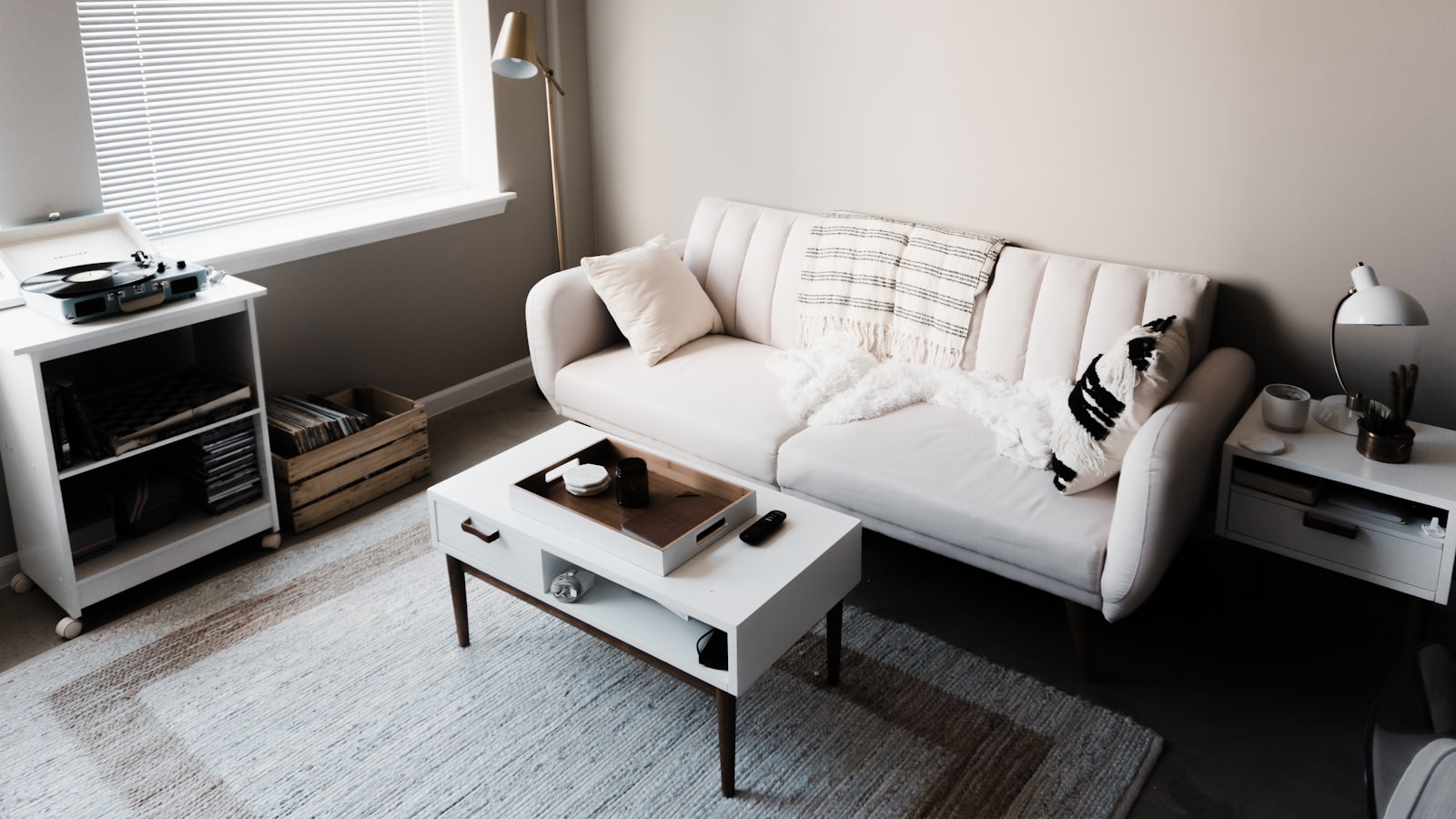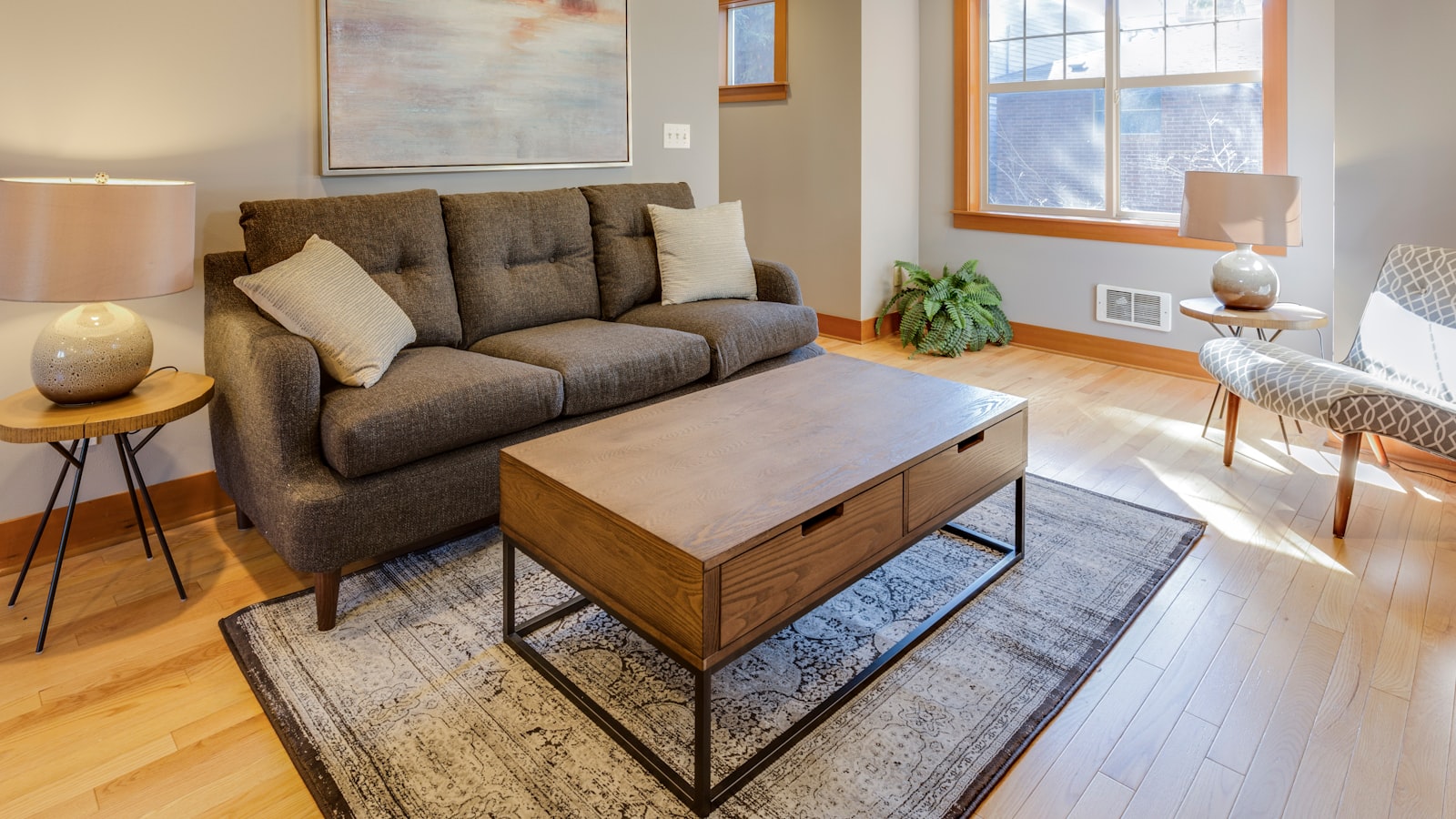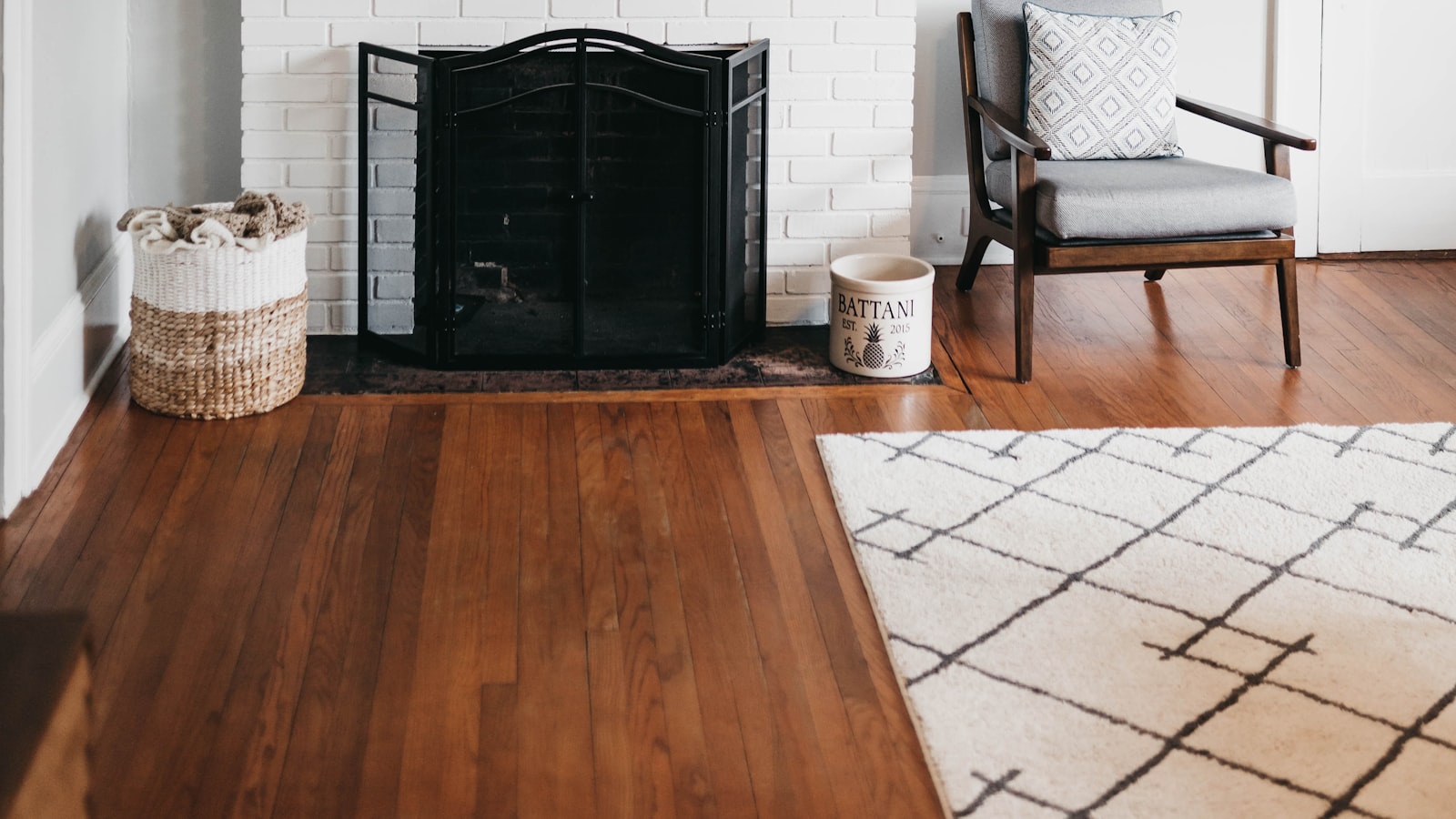Assisted Living Facilities
Assisted living facilities provide support and assistance with activities of daily living (ADLs). They may also coordinate health care services by outside agencies.
The primary focus is on providing a safe, nurturing environment that promotes the best possible quality of life for residents. The staff creates a unique, personalized service plan that considers each resident’s needs and preferences.
assisted living facilities
Assisted living facilities are an excellent option for seniors who want to continue living independently while still getting help with the tasks that come with aging. These facilities provide a wide range of services, including 24-hour supervision, three meals a day, personal care and assistance with medications.
Choosing an assisted living facility can be daunting. It’s important to ask questions and thoroughly evaluate each one you’re considering.
It’s also a good idea to involve your loved one in the decision-making process. That will ensure they are more likely to feel satisfied with the move.
In addition to physical and health care, assisted living facilities often offer social and recreational activities. These activities can promote mental stimulation, enhance the resident’s quality of life and create a sense of community.
does medicare pay for assisted living
Medicare does not typically cover the costs of assisted living. But it does pay for a portion of custodial care – which helps seniors with day-to-day tasks like eating, bathing and dressing – for those who have Part A coverage.
Medicaid is a joint federal and state health insurance program that may cover some of the costs of an assisted living facility for low-income people, including older adults. However, eligibility requirements and income limits vary by state.
If you don’t qualify for Medicaid, there are still other options to help you pay for assisted living. Some popular ones include long-term care insurance, reverse mortgages, life insurance policies and annuities.
how much is assisted living
Assisted living is a popular option for many older adults who want to remain in their own homes while receiving some level of assistance with their daily tasks. Compared to nursing home care, it is much less expensive and typically provides more support for the older adult’s needs.
Typically, residents pay a base price for a room and a monthly fee that varies according to the degree of assistance with ADLs they require. This includes help with eating, bathing, toileting and medication management.
Assisted living prices vary depending on the size and floor plan of a senior’s apartment, the age of a facility, the area’s cost of living and other factors. Community pricing models can include a la carte or all-inclusive structures that include rent, care services and meals.
who pays for assisted living
Assisted living communities generally charge a monthly fee. This fee may be covered by long-term care insurance or other private sources.
Some seniors have accumulated savings accounts or pension plans, while others rely on family contributions. Medicaid is another source of financial help.
Medicare is a joint federal and state program that may cover some assisted living costs. The income qualifications for the program vary by state.
Assisted living facilities provide room and board, as well as personal care services such as help with bathing or dressing, medication administration, and supervision. Traditionally, Medicaid does not pay for these services. In Texas, however, seniors who meet specific criteria can receive financial assistance through the Star+Plus program. This program also covers adult day care in an assisted living community or at home.
assisted living vs nursing home
Assisted living and nursing homes are both senior care facilities that provide personal care for daily activities such as bathing, dressing and eating. While assisted living is more geared towards independent seniors, nursing homes are ideal for people who need round-the-clock medical care.
Nursing homes look and function more like a hospital or medical facility, with round-the-clock care that is supervised by licensed physicians. They are typically the highest level of care outside a hospital for older adults who have a serious health condition or disability.










